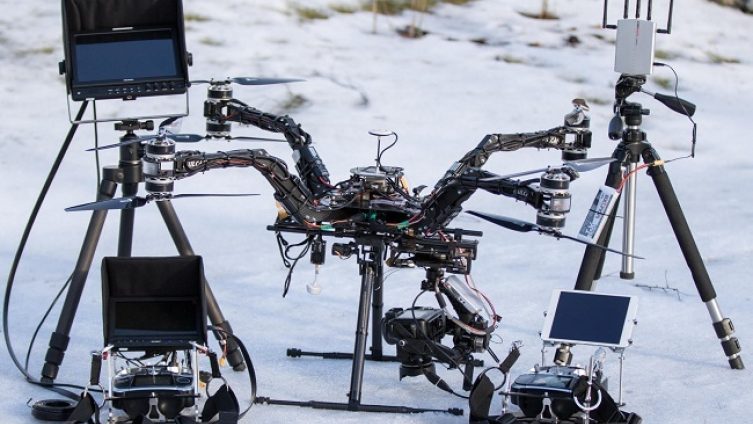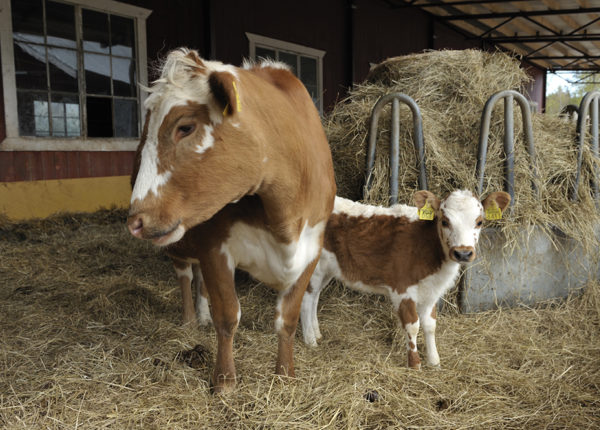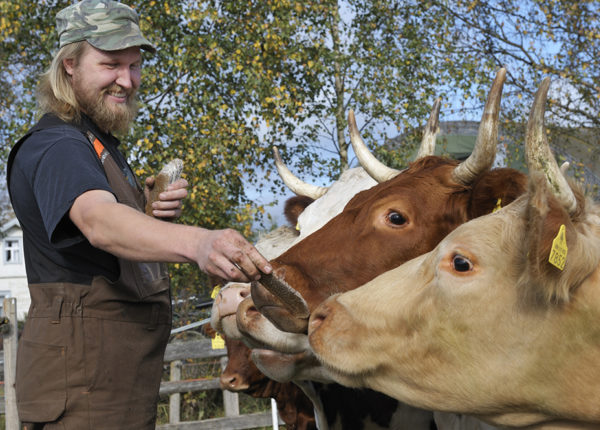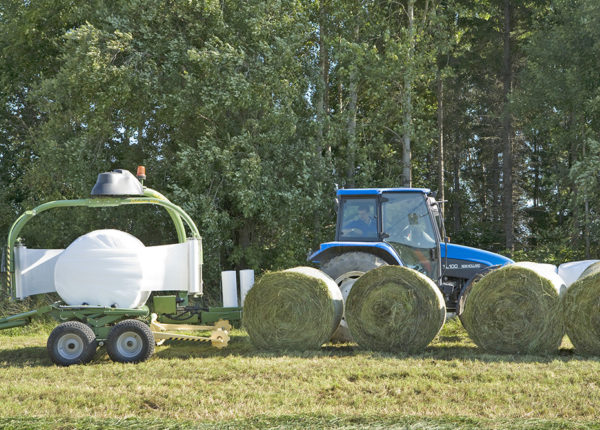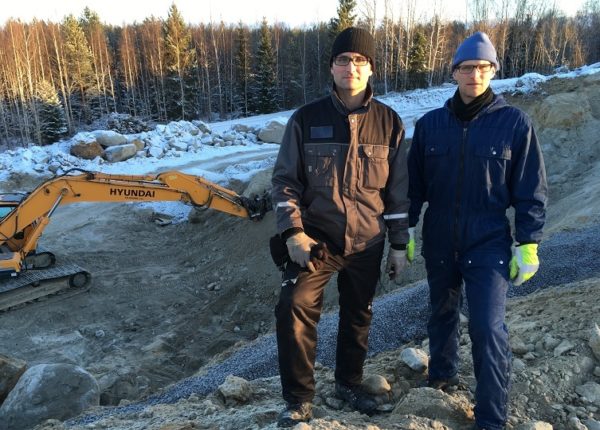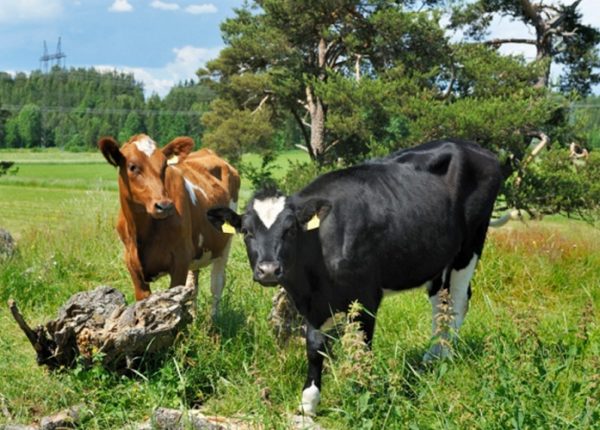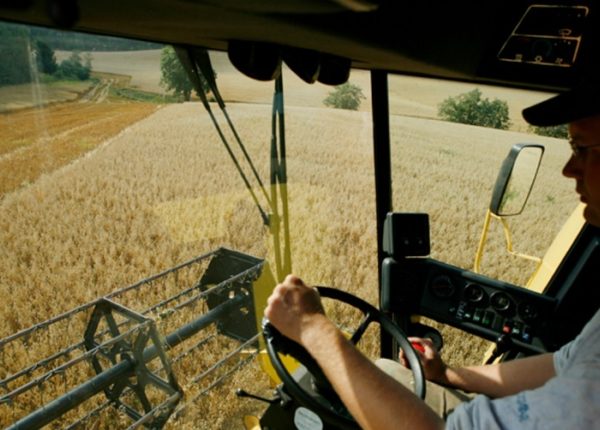A group of plant scientists from the University of Turku combined their competence with data
processing science and a drone service company. Farmers fighting against wild oats got involved as
well. The innovation group thus created develops the identification of plants using images taken by the
drones.
The images also enable to locate the wild oats on the fields, which means that there is no need to walk
on the fields at random. The images provide various kinds of important information on the condition of
the land, thus helping to plan measures such as fertilisation, irrigation or ditching and the use of
pesticides. They also give more precise data on the presence of weeds, which means that the
sprayings can be targeted to where they are needed. This helps to reduce the use of pesticides. The
group is testing whether weeds can be identified already in the shooting phase.
According to Esa Tyystjärvi who leads the project, automatic devices that move about in the fields and
are capable of identifying and eradicating weeds are still in the early stages of development. – The key
benefit of drones is speed, and the fact that you don’t have to walk or drive on the fields, which always
leaves tracks. The work of the innovation group offers new business opportunities for the drone
companies as well.
More information: Esa Tyystjärvi, University of Turku, firstname.lastname@utu.fi
